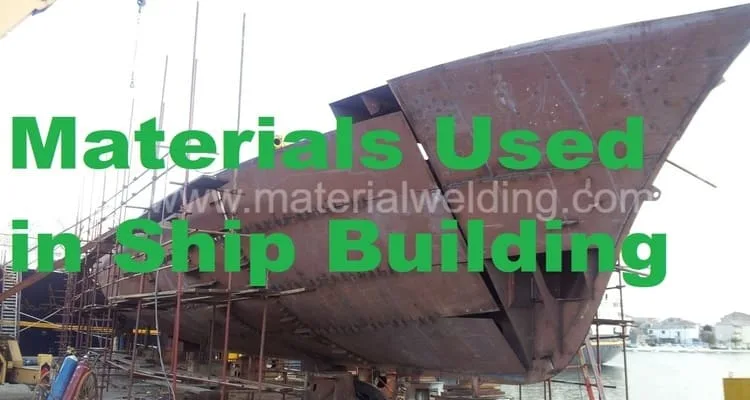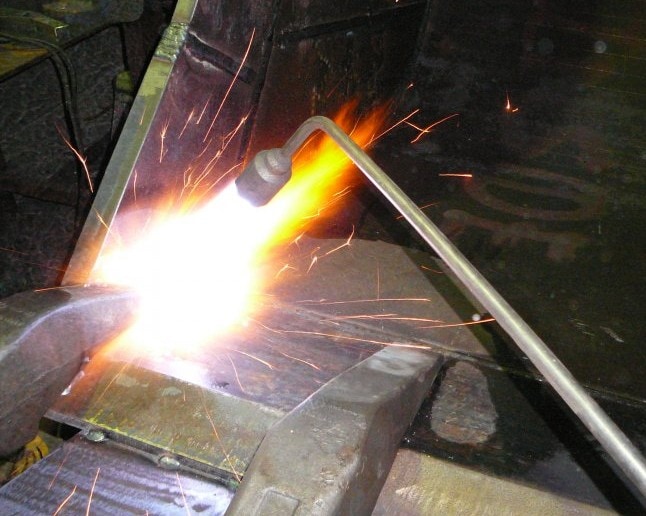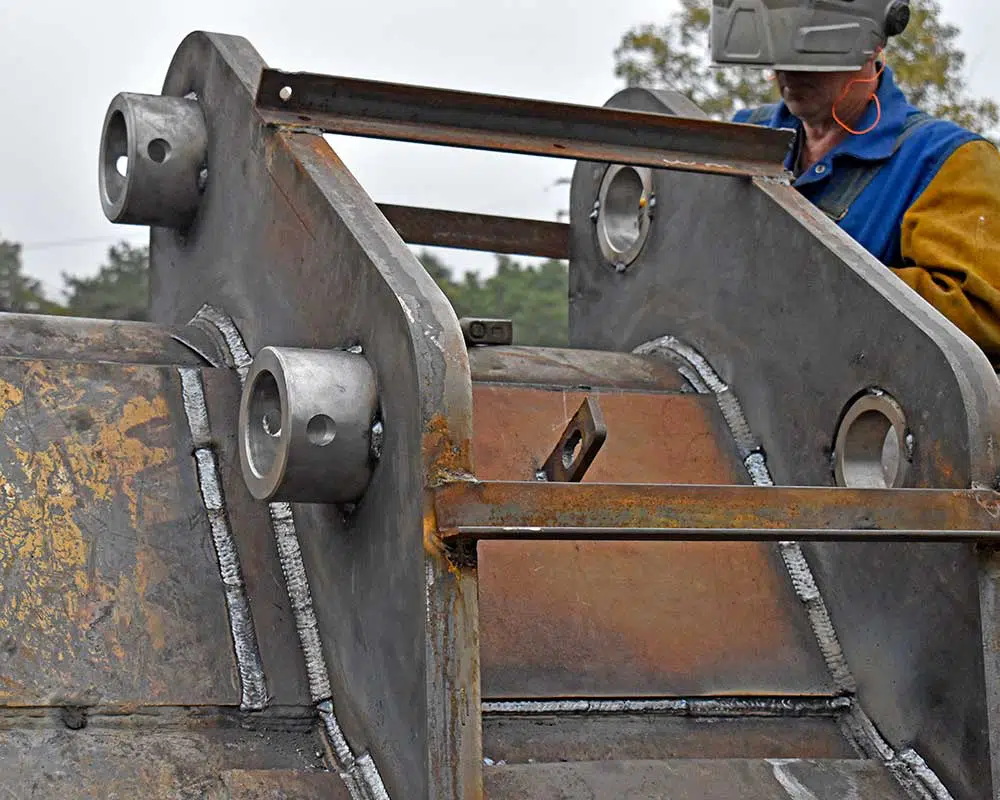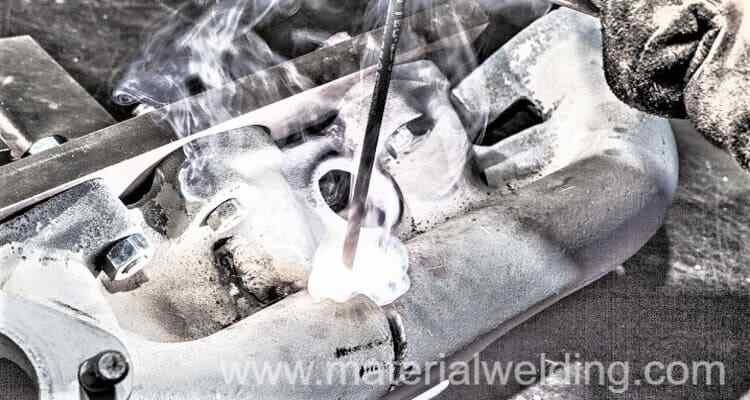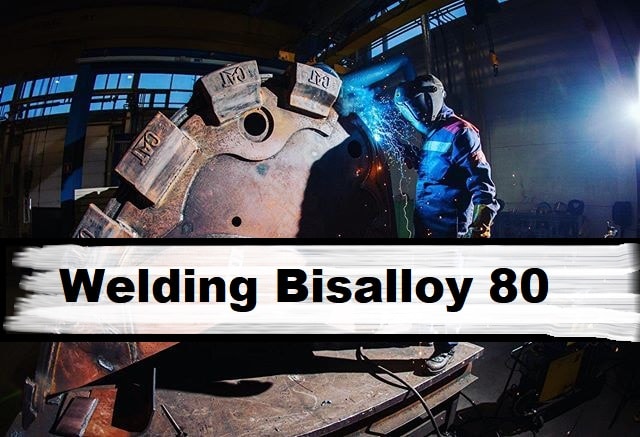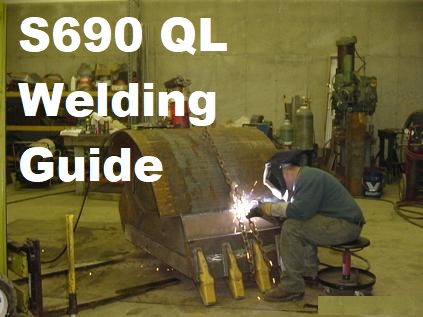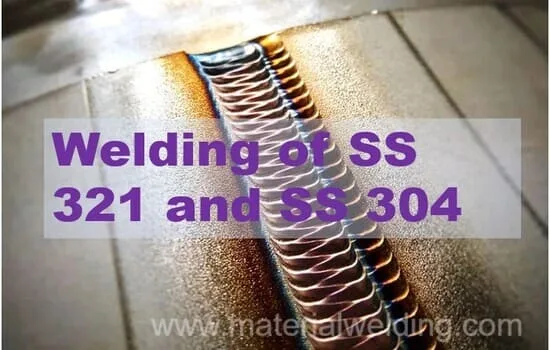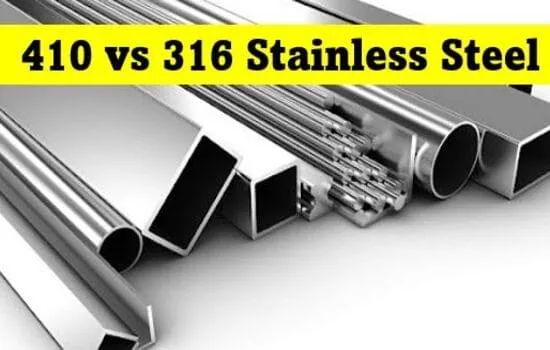EH36 is a high-strength structural steel commonly used in marine and offshore applications due to its excellent mechanical properties and durability in harsh environments. Welding EH36 requires careful consideration of the welding procedure to ensure strong and reliable welds. In this blog post, we will explore the key factors to consider and provide guidelines for a successful EH36 welding procedure.
Shipbuilding steel plate is a type of carbon and alloy steel plate specifically designed for use in the construction of offshore and marine structures. It comprises various grades such as A, B, D, E, AH32/36/40, DH32/36/40, and EH32/36/40, each offering different levels of strength to meet specific requirements in shipbuilding applications.
What is ABS EH36 Grade Steel?
ABS EH36 grade steel is a high-strength, low-alloy structural steel primarily used in the shipbuilding industry. It is classified under the American Bureau of Shipping (ABS) standards, which set guidelines and requirements for marine vessel construction and classification.
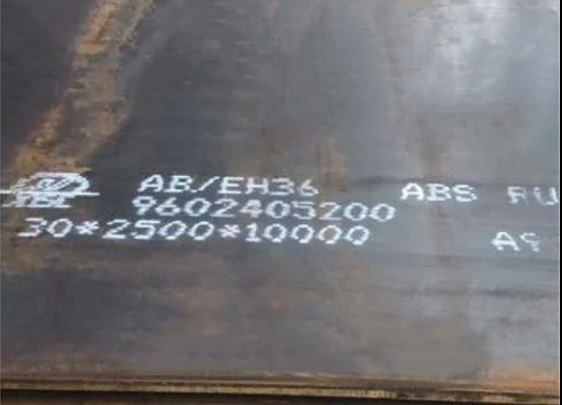
The “EH36” designation indicates that the steel has a minimum yield strength of 355 MPa (51,000 psi) and is specifically designed for use in offshore and marine environments. The “EH” in EH36 stands for “high-strength” and reflects its superior mechanical properties compared to standard mild steel.
ABS EH36 Steel Chemical Compositions
The chemical composition of ABS EH36 grade steel typically conforms to the following composition specifications:
Carbon (C): 0.18 – 0.20%
Manganese (Mn): 0.90 – 1.60%
Phosphorus (P): 0.035% max
Sulfur (S): 0.035% max
Silicon (Si): 0.10 – 0.50%
Nickel (Ni): 0.40% max
Chromium (Cr): 0.20% max
Molybdenum (Mo): 0.08% max
Vanadium (V): 0.05% max
Nitrogen (N): 0.02% min
Aluminum (Al): 0.015% min
Copper (Cu): 0.35% max
Niobium (Nb): 0.02 – 0.05%
Titanium (Ti): 0.02% max
ABS EH36 Steel Mechanical Properties
| Grade | Thickness (mm) | Yield Strength (MPa) | Tensile Strength (MPa) | Elongation (%) | Impact Test Temperature (°C) | Impact Energy (J) |
|---|---|---|---|---|---|---|
| AH36 | ≤ 50 | ≥ 355 | 490 – 620 | ≥ 22 | 0 | ≥ 34 |
| DH36 | ≤ 50 | ≥ 355 | 490 – 620 | ≥ 22 | -20 | ≥ 34 |
| EH36 | ≤ 50 | ≥ 355 | 490 – 620 | ≥ 22 | -40 | ≥ 34 |
Material Preparation
Before starting the welding process, it is crucial to prepare the EH36 material properly. Ensure that the base metal is clean and free from any contaminants, such as rust, oil, or grease. Use appropriate cleaning methods, such as wire brushing or grinding, to achieve a clean and well-prepared surface.
Welding Process Selection
Several welding processes are suitable for welding EH36, including shielded metal arc welding (SMAW), gas metal arc welding (GMAW), and submerged arc welding (SAW). The selection of the welding process depends on factors such as the thickness of the material, desired weld quality, and availability of equipment and expertise. Consult welding codes and standards to determine the recommended welding process for EH36.
Preheating and Interpass Temperature
For EH36 steel in shipbuilding applications, the recommended preheat temperature is not specified in the provided information. However, the maximum interpass temperature should not exceed 200°C (392°F) for thicknesses up to 40 mm (1.5 inches) and 230°C (446°F) for greater thicknesses. Adhering to these temperature limits helps prevent hydrogen-induced cracking and ensures the quality of the welded joints.
Preheating is often recommended for EH36 steel, especially for thicker sections, to minimize the risk of hydrogen-induced cracking and improve weldability. Follow the recommended preheating temperature specified in welding codes or consult with welding engineers experienced in EH36 welding. Additionally, maintain suitable interpass temperatures during multi-pass welding to prevent excessive heat input and control the microstructure of the weld.
EH36 Steel Welding Consumables
Selecting appropriate welding consumables is crucial for achieving sound welds in EH36 steel. Use consumables that match or exceed the minimum specified tensile strength of EH36 and ensure they are suitable for the chosen welding process. Low hydrogen electrodes or filler wires are often recommended to minimize the risk of hydrogen cracking.
When welding EH36 steel in shipbuilding applications, several welding consumables can be used. Here are some commonly used welding consumables for EH36 steel:
- Electrodes:
- E7018: This is a low-hydrogen electrode that provides excellent weld quality and is suitable for both flat and vertical-up welding.
- E7016: Similar to E7018, this low-hydrogen electrode offers good weld quality and is commonly used for structural welding applications.
- Solid wires:
- ER70S-2: This is a mild steel solid wire with excellent strength and good weldability. It is suitable for general welding applications.
- ER70S-6: Another mild steel solid wire with good strength and weldability. It is commonly used for welding structural steels.
- Flux-cored wires:
- E71T-1C: This is a gas-shielded flux-cored wire that offers good weldability and high deposition rates. It is often used for shipbuilding and structural welding applications.
EH36 Steel Post-Weld Heat Treatment
Post-weld heat treatment (PWHT) may be required for EH36 welds to relieve residual stresses and improve the mechanical properties of the welded joints.
For EH36 steel in shipbuilding applications, the post-weld heat treatment (PWHT) typically involves heating the welded joint to a temperature between 590°C and 650°C (1094°F to 1202°F) and holding it at that temperature for a specified period of time.
The exact heating and holding time depend on the project specifications and welding codes. After PWHT, a controlled and gradual cooling rate is recommended to prevent cracking and maintain the desired material properties.
Inspection and Quality Control
Thoroughly inspect the welds using non-destructive testing methods, such as visual inspection, ultrasonic testing, or radiographic examination, to ensure weld integrity and detect any potential defects. Adhere to applicable welding standards and quality control procedures to maintain the highest standards of weld quality.
Conclusion
Welding EH36 steel requires careful planning and adherence to specific procedures to achieve strong and reliable welds. Proper material preparation, appropriate welding process selection, preheating, suitable welding consumables, optimized welding parameters, and post-weld heat treatment all contribute to successful EH36 welds.
